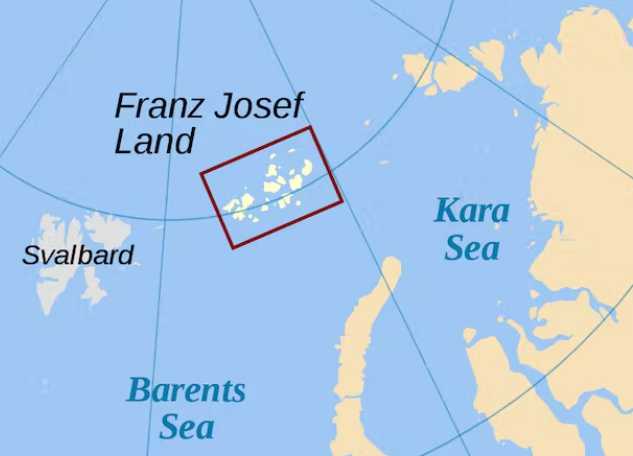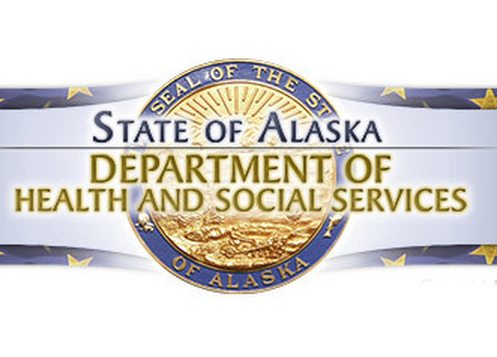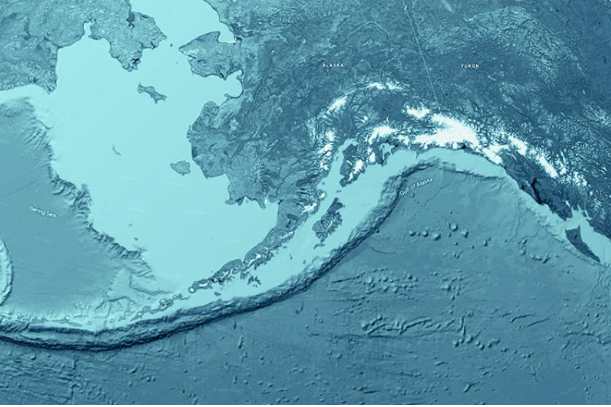
(Juneau) — The Alaska Department of Fish and Game (ADF&G) provides a preliminary review of the 2018 salmon fishing season.
As most Alaskans who fish for salmon know, the 2018 fishing season has been unusual. Statewide commercial salmon harvest is approximately 31% below the preseason forecast level, and while many salmon fisheries are still underway, statewide harvest is not likely to approach the preseason forecast of 147 million fish. Most of the harvest shortfall has come in the form of poor pink salmon returns to streams and rivers flowing into the Gulf of Alaska where pink salmon harvest is approximately half the preseason forecast amount.
Several major sockeye salmon stocks displayed unexpected run timing in 2018. Kvichak River sockeye salmon run peak was 10 days later than average, making it the latest run since 1956. Over half of Kenai River late-run sockeye salmon returned during the month of August (this has only occurred once before), and Copper River sockeye salmon returned in three distinct pulses, the third happening in mid-July. These unusual run timing events created uncertainty for fishery managers (who depend on relatively consistent run timing to ensure fisheries are managed sustainably) and resulted in foregone harvest opportunity for commercial fishermen.
While lower-than-expected returns and unusual run timing necessitated reduced fishing opportunity across much of the state, fishing closures and restrictions allowed enough salmon passage to meet or exceed many established escapement goals: notably Yukon River summer and fall chum salmon; Canadian border king salmon passage; Kuskokwim River king salmon; Copper River sockeye and king salmon; all sockeye and coho salmon in Upper Cook Inlet; Kenai River late-run king salmon; and Unuk, Alsek, and Keta river king salmon. Meeting these escapement goals increases the probability future salmon returns will provide a harvestable surplus for all harvesters.
During years like 2018, it is important to maintain perspective on historical salmon harvests. The three largest Alaska commercial salmon harvests on record occurred between 2013 and 2017; looking back to the mid-1970s, harvests between 100 and 150 million fish, like 2018, are far more common (18 seasons since 1975) than harvests exceeding 200 million fish (seven seasons since 1975).
The 2018 season has not been without bright spots, notably in Western Alaska where Bristol Bay experienced the second largest sockeye salmon harvest on record (nearly 42 million fish) and the fourth consecutive season with harvest exceeding 35 million sockeye salmon. Within Bristol Bay, both the Togiak and Nushagak districts had their largest harvests ever. Norton Sound is on track to exceed last year’s record coho salmon harvest and the Kotzebue Sound chum salmon harvest will be among the top four ever.
Statewide preliminary total harvest and exvessel value estimates by species and area will be available by mid-October.
Source: ADF&G








